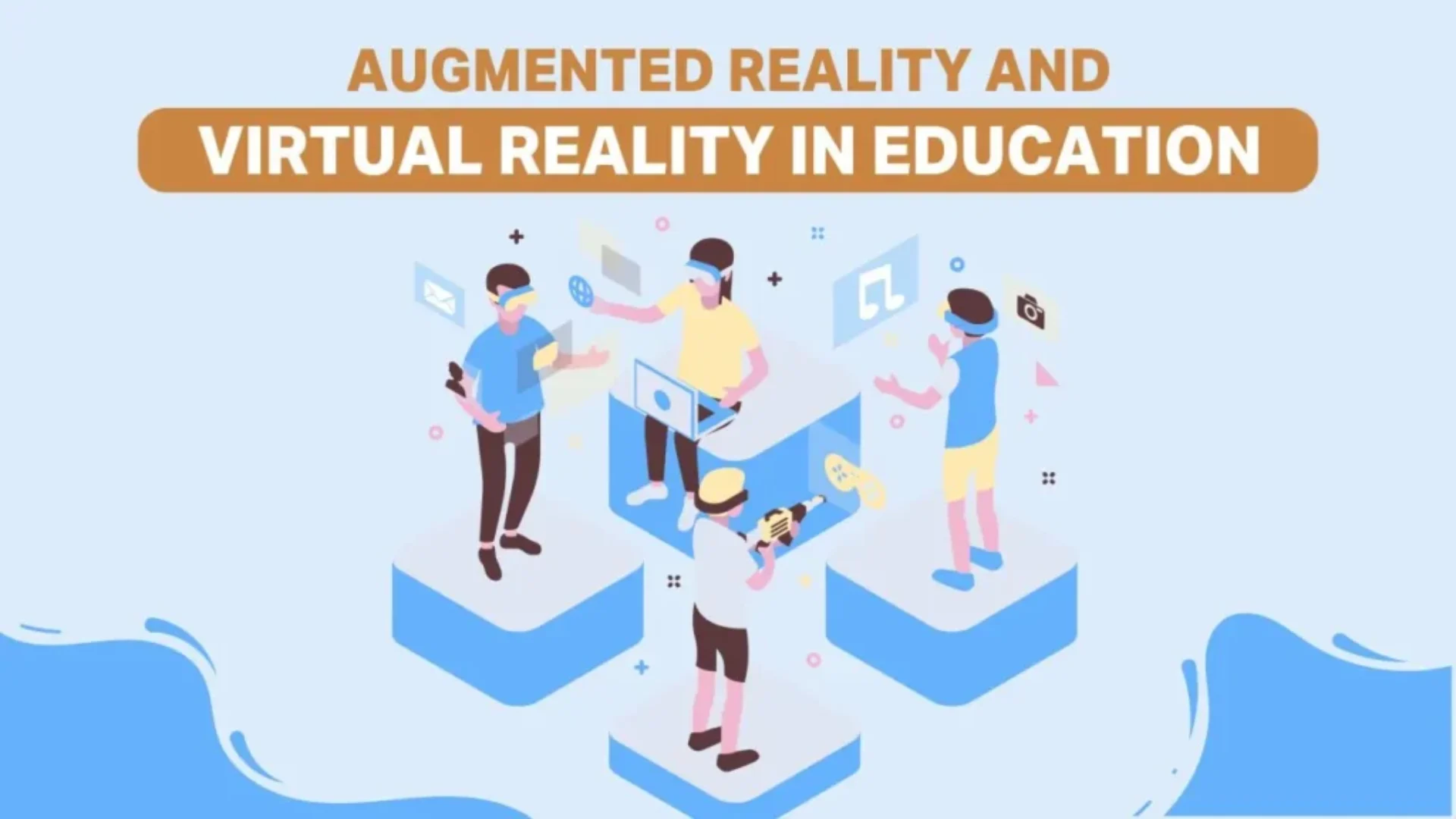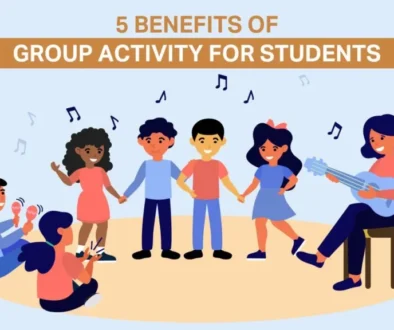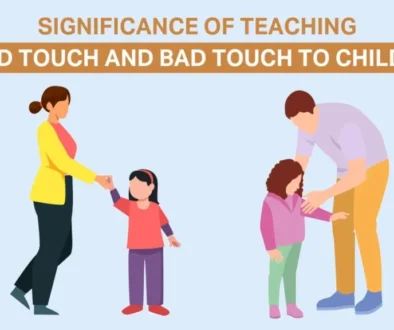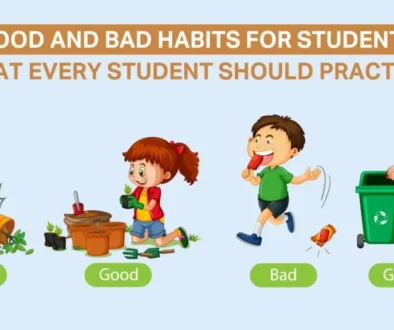Augmented Reality And Virtual Reality In Education
Augmented Reality and Virtual Reality in education have played a significant role in transforming education by merging digital experiences with real-world learning. Moreover, these immersive technologies offer interactive simulations, visualizations, and personalized content, leading to new-age methods where students can engage with their subjects, fostering a deeper understanding, and preparing them for a rapidly evolving technological landscape.
What is Augmented Reality?
Augmented reality (AR) is a technology that superimposes digital information, such as photos, videos, or statistics, onto the real-world environment, improving perception and interaction via devices such as smartphones or AR glasses.
How Augmented Reality Reshaped the Education Landscape
- Engaging Learning Experience: Augmented Reality (AR) has revolutionised education by making learning more interactive and interesting. 3D models, animations, and movies bring textbooks to life, captivating students’ attention and enhancing their knowledge of complex material.
- Real-World Context: AR gives lessons a real-world context. Students can explore historical events, visit geographical sites, and interact with scientific phenomena in a controlled virtual environment, developing better learning through hands-on experiences.
- Personalized and Inclusive Learning: AR accommodates a variety of learning methods and demands. It provides personalised content, adapts to individual achievement, and aids kids with unique needs. This all-inclusive strategy ensures that education becomes more accessible and effective for all learners.
What is Virtual Reality?
VR creates realistic computer-generated settings that imitate physical presence, allowing users to interact and engage with these artificial worlds through the use of specialised headgear and controllers.
How Virtual Reality Reshaped the Education Landscape
- Immersive Learning Experiences: Immersive Learning Experiences: Virtual Reality (VR) has revolutionised education by providing immersive, multi-sensory experiences that immerse students in lifelike simulations and environments. This interaction improves understanding and recall of complicated subjects.
- Accessible Practical Training: VR provides a secure and regulated environment for students to practise real-world skills ranging from medical operations to architectural design, bridging the gap between theoretical learning and practical application.
- Global Connectivity and Inclusion: By accommodating different learning styles and capacities, VR allows students to cooperate and connect across geographical borders, encouraging cultural exchange and inclusive learning.
Benefits Students Can Derive from AR and VR
Augmented reality and virtual reality in education offer numerous benefits for school students, enhancing their learning experiences and engagement in various subjects. Some key advantages include:
- Enhanced Visualization: AR and VR technologies help students to visualise complicated concepts and abstract ideas in a three-dimensional and interactive manner. This improves their knowledge of subjects like physics, maths, and geography.
- Immersive Learning: Virtual reality allows students to virtually tour historical locations, travel to faraway planets, and interact with molecules at the atomic level. This hands-on approach promotes greater comprehension and retention of information.
- Engagement and Motivation: AR and VR make learning more engaging and enjoyable, catching students’ attention and pushing them to actively participate in lessons. Gamified educational experiences can boost student engagement and make learning more enjoyable.
- Personalized Learning: AR and VR enable educators to personalise classes to individual student’s needs, interests, and learning styles. Customizable content allows students to learn subjects at their own pace and in ways that are meaningful to them.
- Interactive Simulations: AR and VR simulations give students safe and regulated environments in which to experiment, practise skills, and solve challenges. This is very useful in topics like chemistry, physics, and medical training.
- Cultural Exploration: Students can virtually visit historical places, museums, and cultural icons all around the world, providing them with an unparalleled opportunity to learn about diverse cultures and broaden their global consciousness.
- Empathy and Perspective-Taking: Virtual reality experiences can foster empathy by allowing students to see the world through the eyes of historical figures or by immersing them in the daily lives of people from various backgrounds.
- Real-World Applications: By providing hands-on experiences in industries such as engineering, architecture, and medicine, AR and VR can help students prepare for future employment. Before entering real-world circumstances, they can practise activities and procedures in a virtual environment.
- Special Education and Inclusion: These technologies address a wide range of learning requirements. AR can provide students with additional explanations or translations, whereas VR can create inclusive environments in which everyone can engage equally.
- Collaborative Learning: Using AR and VR platforms, students can collaborate on projects in virtual settings regardless of their physical location. This promotes teamwork and communication abilities.
- Critical Thinking: Interactive AR and VR scenarios force students to think critically, make decisions, and solve issues, which aids in the development of important cognitive abilities.
- Future-Ready Skills: Exposure to AR and VR technologies prepares students for a technology-driven future by providing them with digital literacy and skills that are becoming increasingly vital in a variety of occupations.
Incorporating AR and VR into education can transform traditional learning methods, making them more engaging, dynamic, and effective in preparing students to create innovative solutions for the challenges of the modern world.





